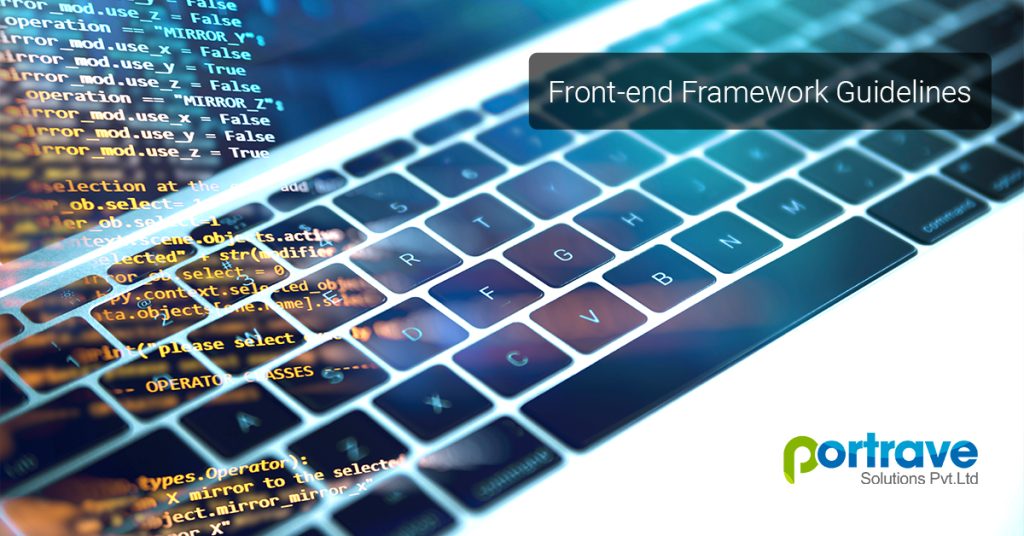
In order to be successful in this fast-paced world of web development, its important to stay ahead of the curve. Given the rapid evolution of technology and user demands, mastering front-end frameworks is essential. This blog delves into crucial concepts, effective strategies, and valuable resources to empower you in becoming adept at front-end frameworks.
What is a Front-end framework and what are its benefits?
A Front-end framework is a collection of pre-written HTML, CSS, and JavaScript codes used to streamline web development tasks. They help give a structured foundation for designing user interfaces, handling data, and also make sure that cross-browser compatibility is obtained. Some of the popular Front-end frameworks are React, Angular, and Vue.js.
1. Code Reusability:
As codes in Front-end frameworks are reusable, developers can build modular components that can be easily integrated into different projects
2. Efficiency and Consistency:
The framework structure and guidelines are easy to follow allowing, developers to work efficiently, ensuring consistent results, and reducing development time.
3. Responsive Design:
As Front-end framework designs are very responsive, they help websites adapt seamlessly to various screen sizes and devices.
4. Community and Support:
These frameworks are filled with vibrant community that offers extensive documentation, tutorials, and support forums allowing developers to learn and grow.
Tips to Master Front-End Frameworks:
Choosing the Right Framework:
- Assess project needs, personal preferences, and industry trends.
- Evaluate syntax, ecosystem, and learning curve of different frameworks.
Mastering Fundamentals:
- Understand components, props, state, routing, and lifecycle methods.
- Brush up knowledge through tutorials, documentation, and hands-on practice.
Hands-On Projects:
- Start small strides to grasp basic concepts.
- Progress to more complex challenges for deeper learning.
Utilizing Documentation:
- Refer to official documentation for comprehensive guidance.
- Explore community-driven resources like tutorials and forums.
Staying Updated:
- Follow official blogs, attend conferences, and engage in online communities.
- Continuously learn to keep pace with framework advancements.
Testing and Debugging:
- Write various tests to ensure application reliability.
- Use debugging tools proficiently for efficient issue resolution.
Collaboration and Feedback:
- Join developer communities and contribute to open-source projects.
- Seek constructive feedback to improve skills and foster growth.
Experimenting and Innovating:
- Explore new techniques, libraries, and design patterns.
- Embrace challenges and innovate for progress in frontend development.
Practicing with Patience:
- Regular practice and perseverance are key to mastery.
- Celebrate progress and view setbacks as learning opportunities.
Conclusion
Front-end frameworks help web developers in building captivating and user-centric experiences. If one is able to understand its benefits and dedicates time to practice and stay up to date on all the new technologies one can easily master the front-end framework. It will help embark on an exciting journey of creating innovative web applications.